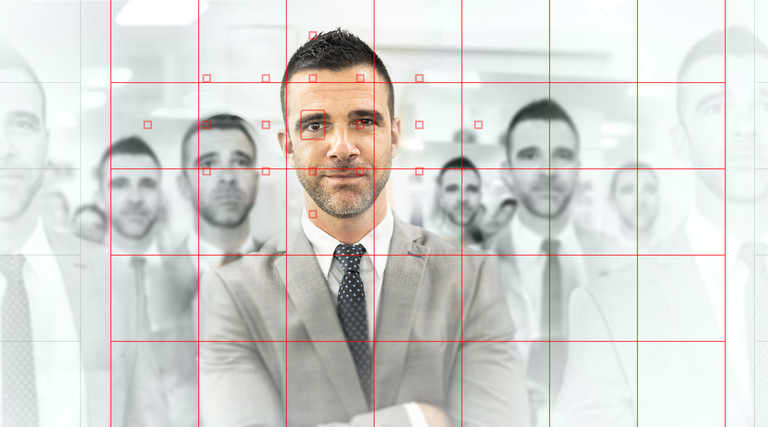The Pillars of Zero-Trust
Federal agencies measure zero-trust progress against CISA’s model to ensure that their new environments meet standards.

Verify a user’s identity and grant access only where it’s necessary.
Debunk ICAM Myths >
Keep an updated inventory of all assets on the network (hardware, software, devices, etc.).
Know What You Own >
Create visibility throughout the network, rather than only at endpoints.
Detailed Logs Can Help >
Integrate threat protections and ensure secure delivery.
How to Boost Security >
Inventory, categorize, label and protect data.
Build a Modern Platform >
Explore Cybersecurity Awareness Month coverage from October 2023
Close


See How Your Peers Are Moving Forward in the Cloud
New research from CDW can help you build on your success and take the next step.
Copyright © 2024 CDW LLC 200 N. Milwaukee Avenue, Vernon Hills, IL 60061
Do Not Sell My Personal Information












































